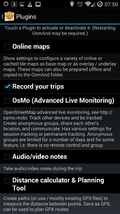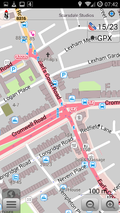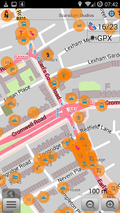Two years ago I estimated that my SSD would last around 30 years based on the number of re-write cycles and the theory laid out in an epic Anandtech article on the topic. That was the theory. Now we have real numbers based on a practical endurance test of several SSD drives made by TechReport.
According to the report, the Samsung SSD could take at least 100 TB before even first hints of wear could be detected. It still kept working for twice the amount of data written to it before it eventually stopped working. So based the 5 GB of data that I write to my SSD per day (have a look at the first link above of how I get to this value) my SSD would last me for 54 years based on the 100 TB value.
I should mention though, perhaps, that I already replaced the first SSD I bought after about a year and a half because it was full and I had to upgrade to a 1 TB model… 30 years, 54 years, it's all a bit academical with the amount of data I keep accumulating resulting in drive swaps to increase capacity…






